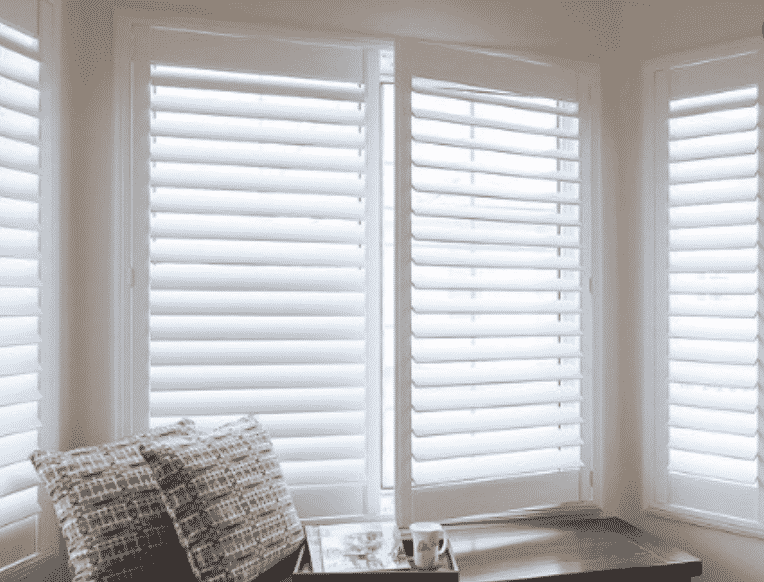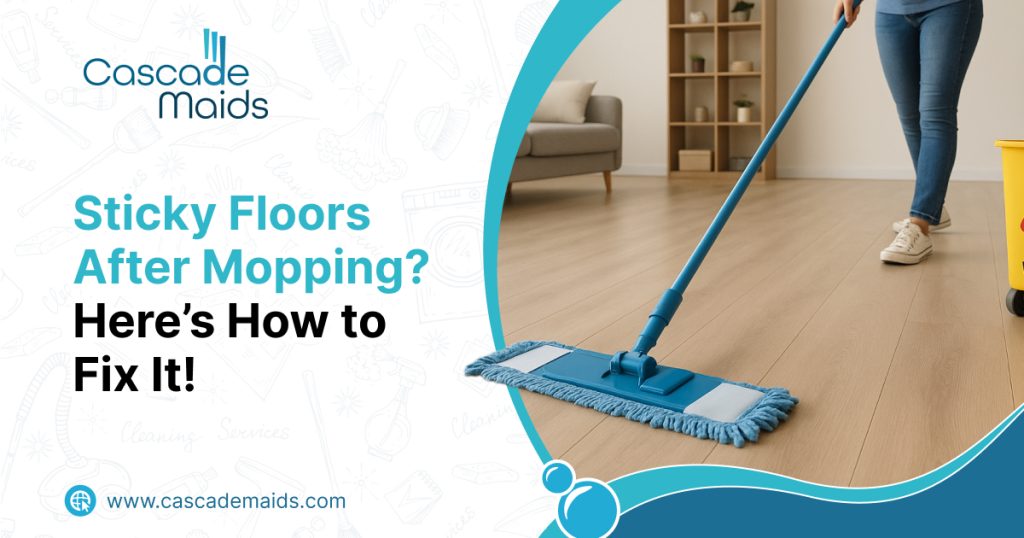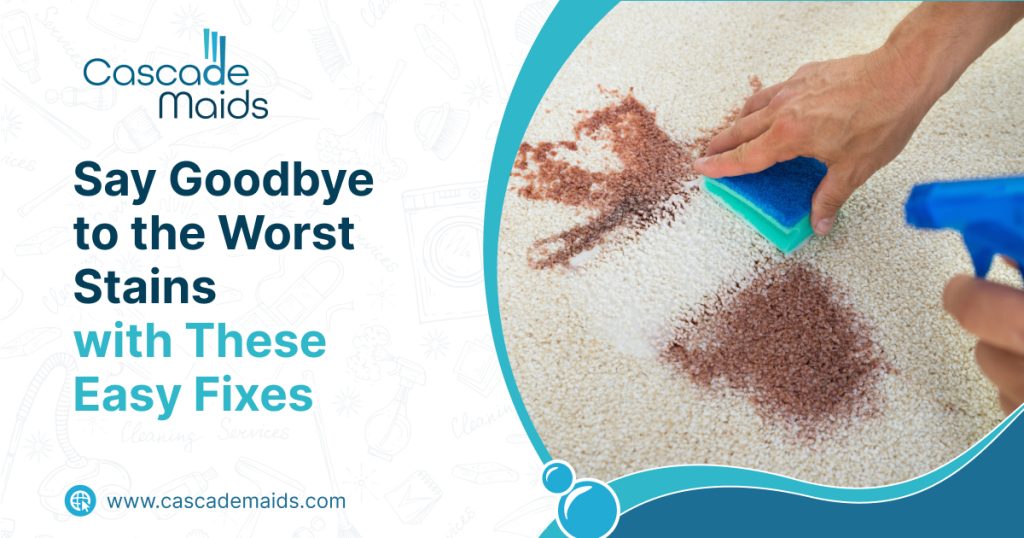Window treatments play a key role in maintaining the quality of indoor air. They collect mold spores, pollen, and dust, and absorb, hold odors. However, window treatments are expensive and get damaged if cleaned improperly. Dusting or vacuuming (weekly or biweekly) is an easy way for cleaning window treatments. As well as saving time and money, it reduces the risk of damages associated with annual deep cleaning.
Tips on cleaning window treatments
If you choose a DIY route, adhere to manufacturers’ instructions. Most people feel lost when it comes to window treatment cleaning. In case you lack info on this matter, here’s a quick rundown on cleaning instructions that should ease your process.
Drapes
Using a vacuum upholstery attachment, dust your drapes paying close attention to tops and folds where dust is likely to accumulate. Dry clean the drapes once a year if they’re made from non-woven materials or include fancy trims, complex stitching, linings, and pleats. Even if the fabrics are washable, test for colorfastness to assure they won’t fade. Above all, avoid heat drying as it can lead to unwanted puckering around stitching and hems.
Curtains
Vacuum clean your curtains regularly, including grommets, tabs, rods, and hooks. Be sure to follow manufacturers’ instructions before laundering and perform a test for colorfastness. Take extra care when cleaning sheer curtains. Use a mild detergent and follow a delicate cleaning tenure. Lay them flat or hang them for drying. Also, iron the curtains with steam after they’ve dried completely.
Venetian blinds
Wipe out the dust using a microfiber, clean old sock, or cotton glove. For vinyl blinds, use a cloth dipped in a mild cleaning solution to remove stuck grime. For wooden blinds, a dry cotton cloth is considered the best option for cleaning window treatments. Never use water on wooden blinds.
Vertical blinds
Turn the blinds in one direction and vacuum each slat carefully, gently from top to bottom. If you’ve a vinyl blind, use a soft brush attachment. On the other side, an upholstery attachment will work best for fabric blinds. Repeat the process for the reverse direction. For hard-to-remove dust, consider pro cleaning to enjoy better results.
Roman shades
Use a soft brush attachment and vacuum each side of the shades paying close attention to folds and pleats. Employ a professional to deep clean roman shades once a year. If the shades have washable fabrics, use a mild detergent for hand or machine washing and lay the fabric flat or hang it for drying. For dry-to-clean fabrics, use a dry cleaner and use a suitable solution to spot-clean stains from the fabrics.
Woven wood/bamboo shades
As they’re extremely delicate, support the back of the shades with your hand. Dust them with a microfiber cloth or use a vacuuming device for gentle cleaning. Be sure you use a soft brush attachment for the job. Never use water or liquid solutions for wood.
Pleated blinds and cellular/honeycomb shades
Use a microfiber cloth or vacuum with a soft brush attachment to wipe out dust and dirt. Spray compressed air into the cells to remove dead bugs and dust that might have accumulated inside. Use a damp cloth dipped in a few drops of mild soap to spot-clean stains. Never submerge the shades in water. It can lead to the disfigurement of the shades.
Decorative interior shutters
For wooden shutters, dust them or use a vacuum with a soft brush attachment. Avoid water or other liquid solutions that can damage wood. You may use a cleaning solution for metal shutters. For shutters made from synthetic materials, a damp cloth dipped in a mild detergent is the best way for cleaning window treatments. A professional cleaning service is waiting for your call .




